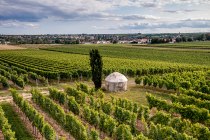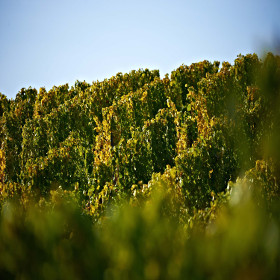Winery Hirschhof
For 160 years the Hirschhof winery has bee in the posession of the family. The estate is managed by the Zimmer family. Two generations are at work there. Walter and Tobias Zimmer cultivate ecological winegrowing on 30 hectares of vineyards, and have been doing so since 1991. The Hirschhof is a member of the Federal Association of Organic Viticulture. The foundation of viticulture is an intact ecosystem of resilient vines. The healthy development of the vines is the greatest attention. The winery is ideally placed with Riesling and Pinots. The white wines are all fermented slowly and gently removed to obtain an optimum of fruit flavors. The red wines are all made with a closed mash fermentation. Premium qualities are developed in oak barrels. Member of ECOVIN










